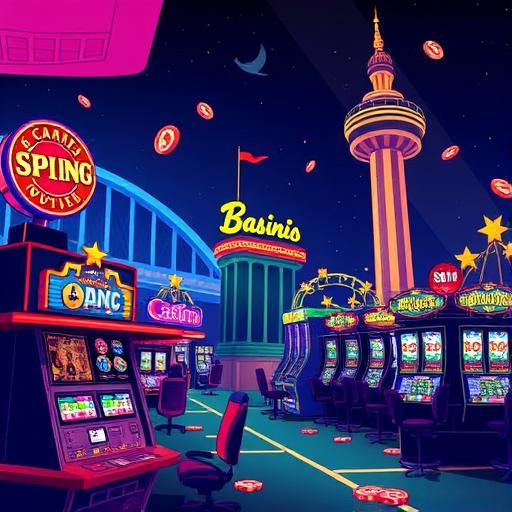Table of Contents
Maryland Casino Revenue Decline
Maryland casinos experienced a 2% decrease in revenue during August, according to recent reports from Gaming Intelligence. This downturn represents a significant shift compared to previous months and raises questions about the overall health of the state’s gambling industry. The decline affects various casino games, from classic slots and table games like blackjack, baccarat, and roulette, to the increasingly popular live dealer options featuring games like Dragon Tiger and even Mahjong. This drop impacts not only the casinos’ bottom line but also the state’s tax revenue generated from gambling activities. Understanding the reasons behind this decline is crucial for both industry stakeholders and policymakers.
Impact on Various Games
The 2% revenue decrease wasn’t uniformly felt across all casino games. While some popular slots experienced a moderate dip in wagering and betting activity, the impact on table games varied. Blackjack, a perennial favorite, saw a slight decrease in player participation, while baccarat and roulette showed more resilience. However, the high-roller VIP rooms, typically associated with high-stakes poker and baccarat, experienced a more pronounced drop in activity. The lucrative jackpot opportunities, usually a major draw for players, also failed to fully offset the overall revenue decline. The live dealer section, offering immersive gameplay for those who prefer the casino experience from home, also saw a decrease in betting, though less significant than some other areas.
Potential Reasons for the Drop
Several factors could contribute to the August revenue slump. Economic headwinds, including inflation and rising interest rates, may have reduced discretionary spending on entertainment, including casino gambling. Increased competition from online casinos and other forms of entertainment might also be a factor. Seasonal variations, with fewer tourists visiting during certain times of the year, could also play a role. Finally, changes in player behavior, perhaps shifting preferences towards specific games or a general decrease in the frequency of visits, could also contribute to the decline. Further investigation is needed to pinpoint the exact causes and their relative importance.
Key Takeaway
The 2% drop in Maryland casino revenue in August highlights the complexities of the gambling industry and the need for ongoing analysis of player behavior and market trends.
| Game Type | Approximate Revenue Change (%) |
|---|---|
| Slots | -1.5 |
| Blackjack | -2 |
| Roulette | -1 |
| Baccarat | -3 |
| Live Dealer Games | -1.8 |
FAQs
Continued revenue decline could lead to job losses, reduced investment in casino improvements, and less tax revenue for the state of Maryland. The casinos might need to implement cost-cutting measures or adjust their strategies to attract more players.
Further data is needed to compare August’s performance against previous months. However, the 2% drop indicates a significant deviation from previous trends, potentially signaling a concerning shift in the market.
Casinos might consider offering enhanced bonuses and promotions, improving their customer service, investing in new games and technologies, and perhaps focusing on attracting younger demographics through innovative marketing strategies. They may also need to analyze player preferences and adjust their game offerings accordingly. The successful cashout process is also crucial for player satisfaction.




